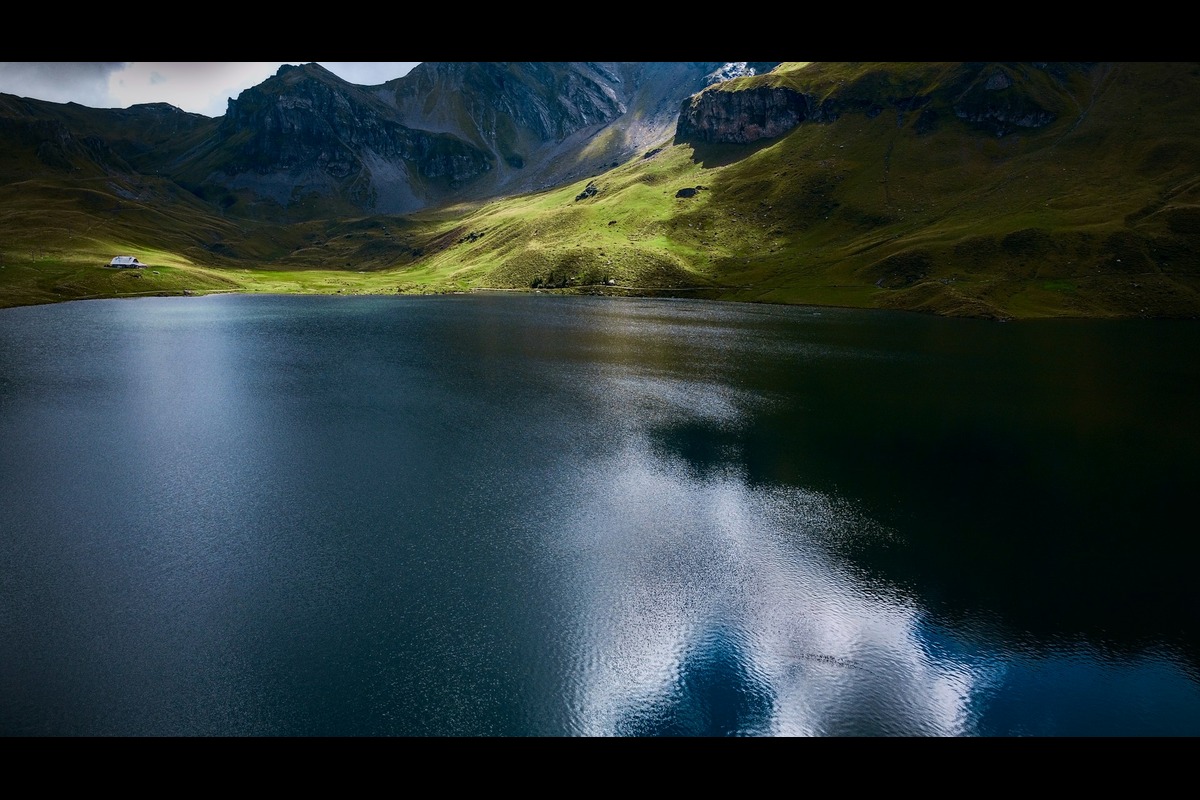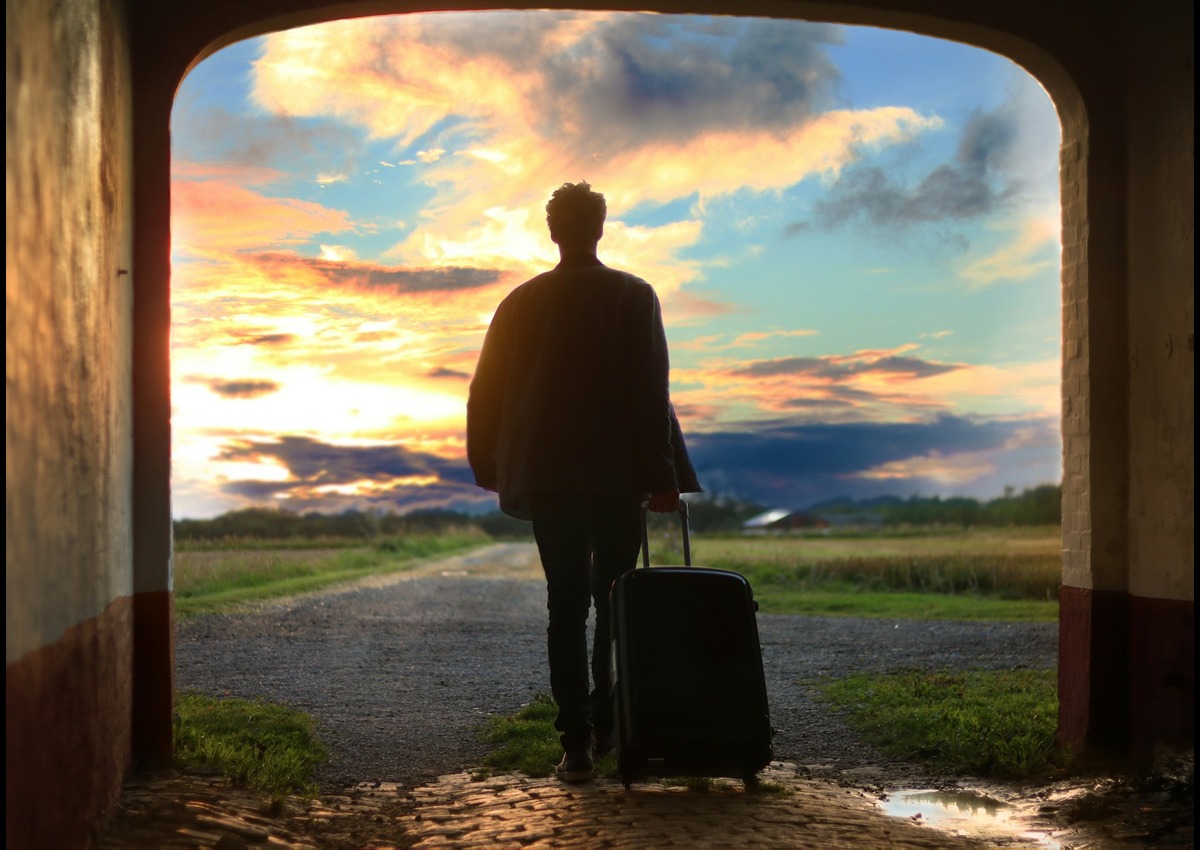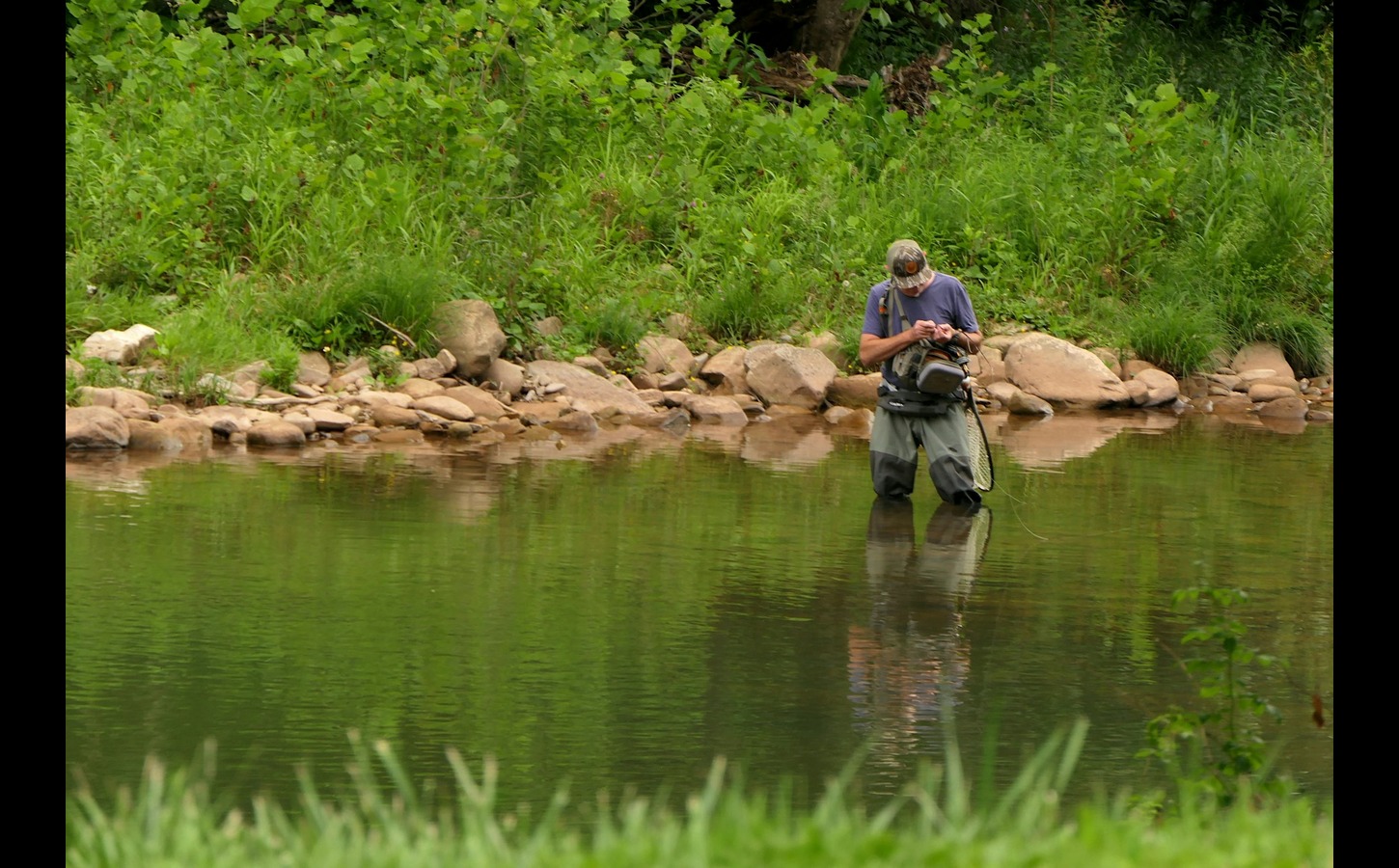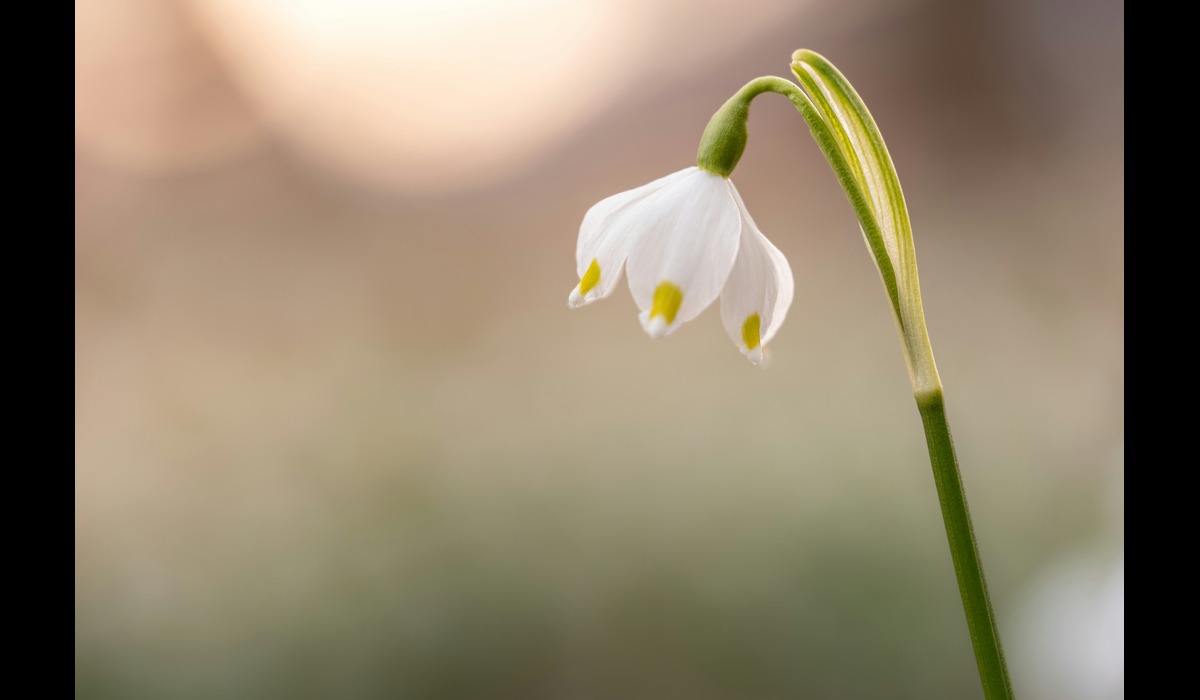If you’ve never heard of Montemscopa, don’t worry: you’re out of touch; you’re simply part of the vast majority of travelers who have yet to discover this touch of Italian mysticism. Nestled between the tourist-dominated Apennines and the spectacular Dolomites, Montemscopa is a ghost in the mountainous landscape: a legendary peak, wrapped in cultural narratives and ripe for exploration, both literally and figuratively. It doesn’t appear on most maps, but for the adventurous, the thoughtful, and the low-key rebels, Montemscopa is becoming a household name.
This is a journey into the landscape of one of Europe’s last whispered secrets: a story where terrain meets transcendence, local folklore merges with modern introspection, and where climbing is not just about height, but also about the right attitude.
The Peak Lost in Public View
If you were to flip through a conventional travel brochure or an Instagram post showcasing Italy’s most beautiful mountain experiences, you wouldn’t find Montemscopa. It doesn’t present itself with the glamour of the Alps. It lacks the picture-postcard fame of Monte Bianco or the Cinque Terre. And yet, there it is, quietly nestled in the Umbria-Marche Apennine corridor, near the Sibillini Mountains, at an altitude of approximately 1,985 meters.
The peak has long been the domain of shepherds, mystics, and, occasionally, exiled monks. Locals speak of Montemscopa with reverence, as if it were not just a mountain, but a mirror. Its name, loosely translated as “towering mountain” or “sweeping mountain,” refers not only to the panoramic views, but perhaps also to a spiritual cleansing, a mental broom that sweeps away the cobwebs of modern life.
Montemscopa: More Than a Destination
There’s a reason this place resists conventional tourism. Montemscopa isn’t meant to be enjoyed like a buffet of picturesque appetizers; it requires patience, curiosity, and unimaginable presence of mind. It’s one of those rare places where silence speaks louder than words and every step feels like an archaeological dig in the psyche.
Yes, there are hiking trails. But most are unmarked and known only to those who live in the small stone villages at the foot of the mountains. There are no commercial campsites or souvenir stands. Just goats, forests, and the occasional echo of Gregorian chants when the wind blows in your favor.
And yet, once you begin the ascent, Montemscopa reveals itself not only as a physical place, but also a metaphysical one. You don’t just climb the mountain, you decipher it.
A Layered Landscape
What makes Montemscopa so fascinating isn’t just the view from the summit (although on clear days, you can make out the curve of the Adriatic coast). It’s the terrain itself: an exquisite collage of geological, botanical, and emotional textures.
You start at the bottom, surrounded by dense oak forests with trails that look like something out of the Brothers Grimm. As you ascend, the flora changes: ferns give way to wild thyme, then juniper, and finally to scattered alpine grasses that cling to stones like forgotten thoughts. Streams run cold and swift, fed by glaciers that have yet to surrender to climate change.
But it’s not just what lies beneath your feet that matters. The mountain forces you to look inward. You have the strange, constant feeling of being watched—not in a haunting, ghostly way, but in a thoughtful and conscious way. As if Montemscopa weren’t a passive pile of rocks, but an active participant in your journey.
The Myth of the Mirror Monk
One cannot talk about Montemscopa without knowing the story of “Il Monaco Specchio,” the Mirror Monk. According to legend, in the 13th century, a Benedictine monk exiled for heretical writings found solace and madness on the slopes of Montemscopa. He carved mirrors from volcanic glass he found near the summit and used them to “see the soul,” as evidenced by fragments of his diary, preserved in the Archivio di Stato in Perugia.
Modern scholars debate the existence of the Mirror Monk, but locals swear his ghost still haunts the upper peaks. Hikers report seeing his reflections in unexplained flashes, perhaps natural phenomena or the remnants of a restless spirit that refuses to fade.
Myth or metaphor, the story endures. For many, Montemscopa is less a refuge than a place of confrontation with one’s fears, ambitions, delusions, and truths.
Climbing in Search of Clarity, Not Conquest
Climbing Montemscopa isn’t a sporting feat, but an existential exercise. There’s no cable car. No summit flag. No congratulatory signs or selfie stands. You reach the top and there’s… nothing. Just rock, wind, and the feeling that something has shifted inside.
For some, this nothingness is terrifying, a kind of miniature ego death. For others, it’s liberating. This is precisely what makes Montemscopa a tourist-free destination. It’s not Everest. It’s not a destination, it’s a process.
The locals understand this. They don’t hike for the views. They climb it on holidays, on days of mourning, on days when they must make decisions. It’s their church without walls. And when they say they’re going “to Montemscopa,” they often mean more than geography: they’re seeking perspective.
A Slow Adventure in a Fast-Paced World
If there’s one word that describes the Montemscopa experience, it’s intentionality. There are no shortcuts to the top. No personalized “experience packages” with matching t-shirts. Just land, effort, and emotion.
This is where slow travel really shines. You’ll spend mornings talking with 80-year-old winemakers and afternoons eating bread with truffle cream made by someone’s grandmother. Your day will be defined by light, not Wi-Fi. You’ll start to notice things, like the lichen creeping across a rock or how the tone of silence changes as you ascend.
And in that slowing down, something profound takes shape. You begin to listen, truly listen, not just to the creaks of the landscape, but also to yourself. That inner monologue that drowns us in caffeine and contentment begins to speak more clearly. And sometimes, what it says changes everything.
The Cultural Background
Even if you’ve never set foot on its slopes, the idea of Montemscopa is increasingly making its way into culture. Italian fashion designers have referenced the mountain in their avant-garde collections. Milanese brand Specchio Selvaggio cites Montemscopa as inspiration for its entire Spring/Summer 2025 collection: earth tones, reflective fabrics, and organic shapes.
A small but growing circle of poets, digital nomads, and solo creatives is beginning to see Montemscopa as a kind of modern refuge, a creative vortex. A place where the noise of the algorithm doesn’t intrude and the rhythm of thought finally calms.
Imagine a fusion of Big Sur and Hermitage, with a touch of Fellini-esque surrealism.
Travel Logistics (for the brave)
How do you get to Montemscopa? First, don’t use Google Maps to find directions. The digital path is murky and misleading. Instead, start in Norcia, a village known for its black truffles and seismic resistance. Talk to someone named Pietro there. There’s always a Pietro, and he always knows the way.
He might point you toward a trail marked only by a red ribbon on a birch tree, or he might offer you a mule. Follow him. This is Montemscopa; here, climbing isn’t done with logic, but with intuition.
Travel light. Keep a journal. Forget cell phone coverage. You won’t find a luxury cabin, but perhaps an open-sided shepherd’s hut. Don’t expect entertainment; expect a change.
The Final Descent: A Return That Isn’t
Those who have climbed Montemscopa often report a peculiar aftereffect. Not just sore calves or sunburned skin, but a persistent feeling that the world is a little…noisier than before. That conversations are more superficial. That tasks feel emptier. It’s as if the mountain reduces you to a raw, resonant version of yourself, and returning to society feels like wearing someone else’s clothes.
And that, perhaps, is the greatest gift Montemscopa offers. Not a photograph. Not a marked point. But a reorientation. A chance to reconnect with yourself at the edges of the world and remember what it means to feel: deeply, without irony, and without distraction.
Why Montemscopa Matters Now
In a world filled with curated experiences, Montemscopa is radically naive. In an economy driven by speed, it’s a hymn to slowness. In a culture obsessed with appearances, it demands only presence.
It’s not for everyone, nor should it be. But for those willing to venture off the beaten path, to find silence in a noisy world, and encounter the spiritual monk in the mirror of their own mind, Montemscopa awaits.
And it has been waiting for a very long time.










